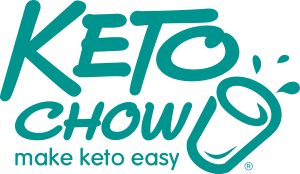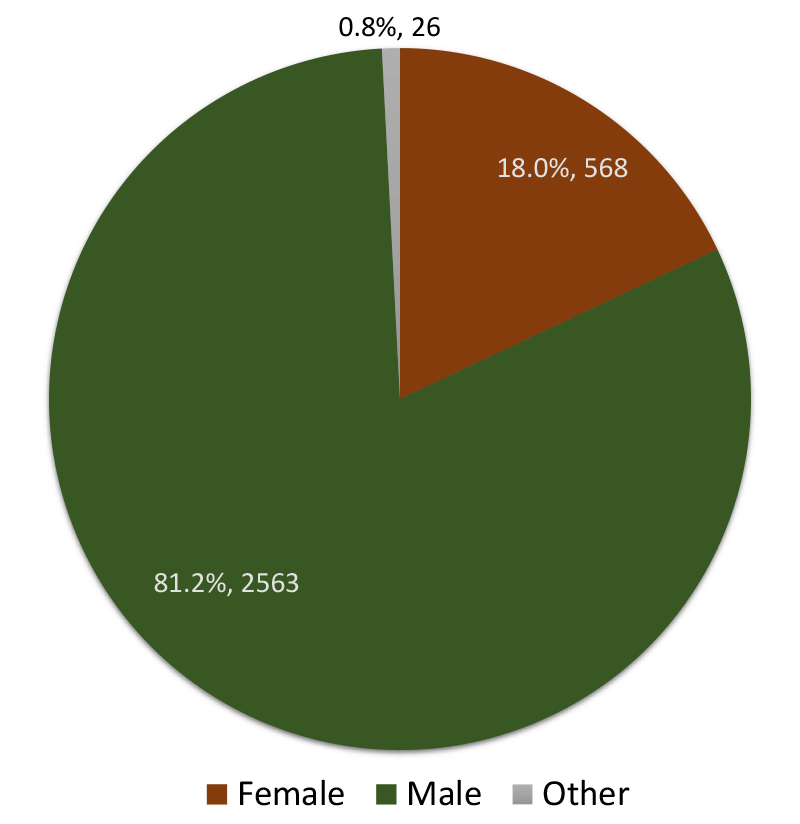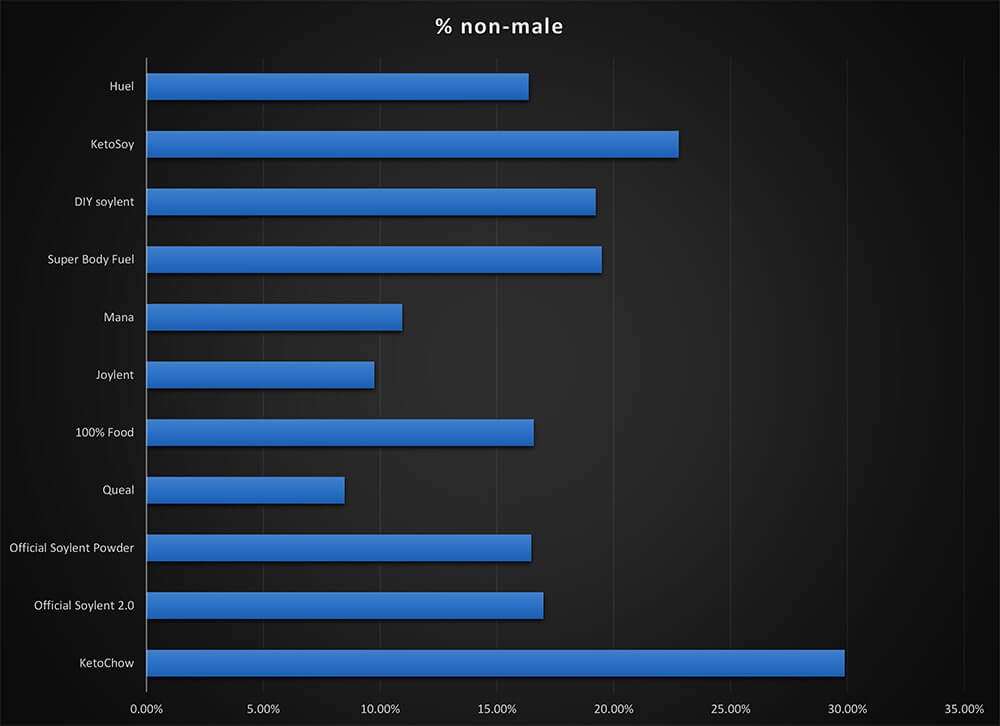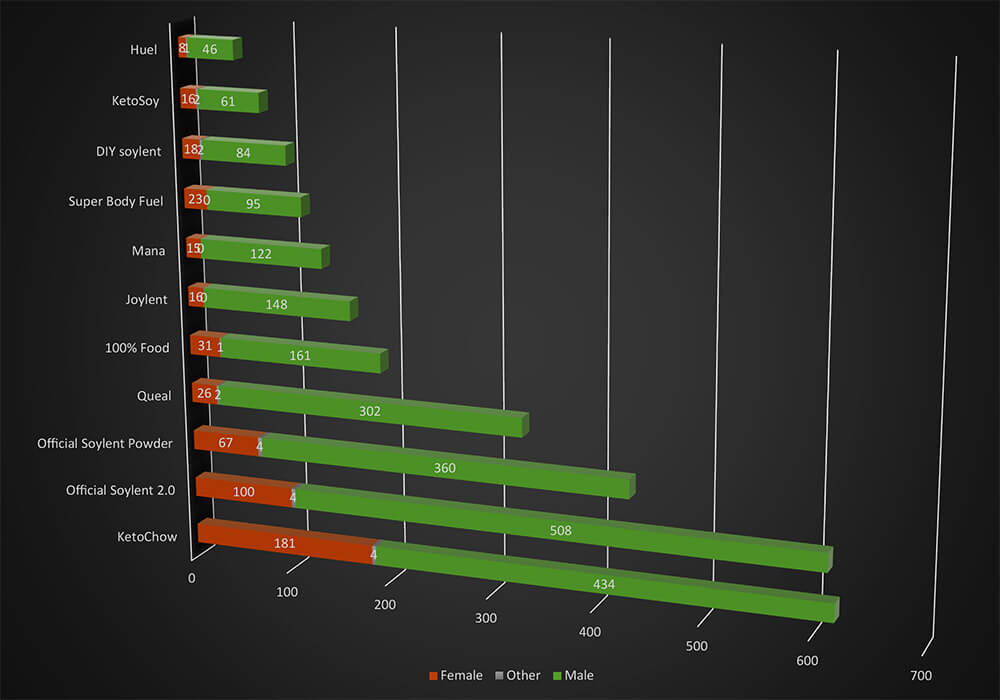The results from the 2016 Eaters Survey are in – I hadn’t commented on it yet since I was out on vacation last week and didn’t really dig down into the results until yesterday.
I’m not a stats guy, can’t even hope to work R but I can poke around a bit with Excel and a few other tools. One question I had was “given the gender disparity in the 2015 survey, would the ketogenic versions change the results? Would there be a higher incidence of women drinking ketogenic ones?”
I’m not going to get into the argument about gender/sex and all that, not the time. There were 26 people who gave a response on the survey that wasn’t “male” or “female”. If you like you can read all the responses to all the questions here. I’m just going to analyze the responses. OK, now that that’s out of the way…
The image at the top shows the total numbers and percentages for all the responses, regardless of what they were or were not using/eating. 18% selected Female, 81% selected Male and 0.8% typed in something different. 18% is larger than the 14% from the 2015 survey but it’s still small. I’ll quote Ted:
Such a wide skew is unlikely to be due to the demographics of reddit as our major sample source, as the Reddit audience is 47% female.
The most plausible answer we’ve heard for the gender disparity since first reporting this disparity last year is that the market for female meal replacement shakes is already well served by Slim Fast and the plethora of other diet shakes created in the past 20 years. In this interpretation, the soylent/future food trend can be categorized as “slim fast for men.”
We think there are two important differences between future food and the diet shakes of the past. One, future foods could be consumed perpetually as a single source of nutrition, even if they aren’t currently being used that way. And two, as we’ve seen in this years data, use of these products is consistent over time, not just during periods of dieting.
That’s the general breakdown by gender, let’s see what happens when we add the additional dimension of “Which future food distributions do you primarily consume?” – I took off any that had less than 15 responses to make it more relevant. I’d also like to add “Which future food distributions have you tried?” but I haven’t figured the Excel stuff to do that yet.
I find it really interesting that the two with the highest percentage of female users are both ketogenic: Keto Chow and KetoSoy. I did skew the numbers a little in my favor by sending out a quick invitation to people who had used Keto Chow in the last year. Still, I like that my product has an above average representation of female users, mostly because the people I like best are women =) Here’s another view of the gender/distribution data:











So far really good stuff….still working on starter pack but love them